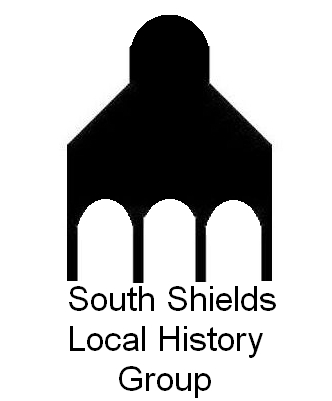In 1839 William Matthews opened the Albion Tavern at 2 Fowler Street. It occupied what would become the Stags Head and much later the sweet shop called Maynard’s. William Matthews died in 1855.

In 1857 the name was changed to the Stag’s Head by Richard Dockwray.

In 1867 Jane Jarron/Jackson licensee of the Stag’s Head was accused of murdering her 2 week old child by suffocation, she was acquitted.


In 1896 tenders were advertised and the building was split in two, the left hand side became the Stag’s Head.

It was completed in 1897 and the right side was left the same and this later would become Maynard’s sweet shop.











The Stag’s Head is a Grade II listed building.
CAMRA Historic Pub Interior description
Built of brick in 1897 (architect unknown) on a narrow, shallow site which accounts for what is a highly unusual feature and the reason why this is one CAMRA’s heritage pubs – two bars, one above the other and both have their original counters and bar-backs. Many pubs have upstairs public rooms but with very few exceptions (another is the Bartons Arms, Birmingham) these have been brought into service after the building of the pub and/or do not have historic serveries. The entrance lobby on left-hand side has floor to ceiling tiling in dark green, gold and brown with diamond laid tiles in relief on the dado, light green tiles in relief above, some floral patterned ones in both areas and a tiled frieze at the top. The inner door has a stained glass and leaded panel and door protector.
The small public bar has an unusual feature of a wide, four-centered arch which spans the downstairs servery. Within it is the original bar back topped by a modern clock and broken pediments; and a bar counter which has been extended to continue around the corner but closely matches the original work. The room has a vast, Victorian tiled and wood surround fireplace with a stags head at the top, a Ty Paterson’s & Co’s Pale Ales and Stout (Edinburgh) mirror and one ‘The Stag’s Head’ etched window. The pub was extended backwards in the 1970s into the yard and the outside toilets were removed. This created a larger floor area in the lower bar which is clearly visible.
There is a door on the right-hand side of the building which, as indicated in the lamp above it, leads to the lounge bar, a small room up the staircase on the first floor. This entrance from the street was closed off in the 1970s and access is now from a new staircase created as part of the installation of the inside toilets. The small upstairs lounge bar retains its Victorian bar back incorporating turned columns and leaded glass panels, an original bar counter with recessed panels, and a fireplace with substantial wood surround featuring a number of columns, also fixed seating and a frieze.
However, in 1984 the bar fittings were moved. Originally they were situated in the space between the old staircase and the front windows on the right hand side of the room. Now they are situated in the extension at the rear of the room and on a raised platform. Whilst the bar back fits perfectly and therefore does not appear to have been subject to change, the bar counter appears to have been truncated to fit.
The upstairs room is currently only used for functions so if you want to take a look it is recommended you visit the pub at a quiet time and ask if it is possible to go upstairs. Statutorily listed in 2010 following a successful application by CAMRA. (CAMRA Historic Pub Interiors)
Notable licensees include:
1855 – H Strachan
1857 – Richard Dockwray
1867 – Mrs J Jackson
1975 – John McKay
1978 – Charles McKay
1991 – Viv Mclaren (nee Laing)
2023 – Julie Sullivan
The Stag’s Head is still open now and is a great pub!
Sources:
British Newspaper Archives
CAMRA Historic Pub Interiors
Licensing Records
Terry Ford
Trade Directories
Photos:
South Tyneside Libraries
Ron Lawson, Sunderland Antiquarian Society
Terry Ford
